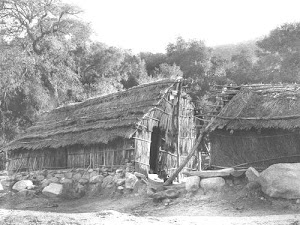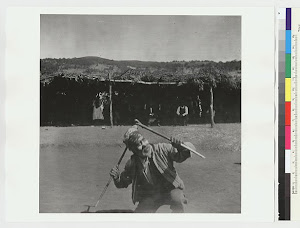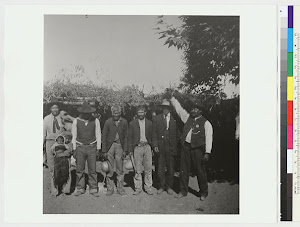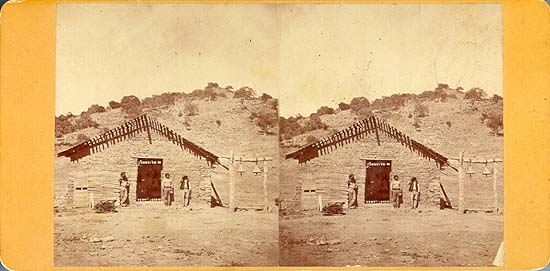In 1914, famed photographer Edward S. Curtis (1868-1952) produced a melodramatic, silent film entitled In the Land of the Head Hunters. This was the first feature-length film to exclusively star Native North Americans (eight years before Robert Flaherty’s Nanook of the North). An epic story of love and war set before European contact, it featured non-professional actors from Kwakwaka’wakw (Kwakiutl) communities in British Columbia—a people already famous then for their spectacular visual culture and performances. The film had gala openings in New York and Seattle in December 1914, where it was accompanied by a live orchestral score composed by John J. Braham (1848-1919), best known for his work with Gilbert and Sullivan. Curtis supplied Braham with c.1910 wax-cylinder recordings of Kwakwaka’wakw songs; despite advertising claims, however, little if any of this source material made it into the score. Critics wrote in rapturous terms about the power and beauty of the film, the Seattle Sun calling it a “great production—like a string of carved beads, too rare to be duplicated.” And yet, Head Hunters was a financial failure, quickly overlooked and barely preserved. In 1947, a single copy arrived at the Field Museum after being picked out of a Chicago dumpster; these damaged and incomplete reels were re-edited by Bill Holm and George Quimby and released in 1974 as In the Land of the War Canoes, featuring a new soundtrack recorded by Kwakwaka’wakw consultants at the time. At some point, a few deteriorating clips from another copy found their way to the UCLA Film & Television Archive, and the all-but-forgotten score was filed under another name at the Getty Research Library.
http://www.curtisfilm.rutgers.edu
Thursday, May 1, 2008
IN THE LAND OF THE HEAD HUNTERS-EDWARD CURTIS
Posted by
Karen Vigneault Librarian
at
10:14 AM
![]()
Subscribe to:
Post Comments (Atom)













No comments:
Post a Comment